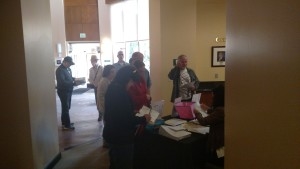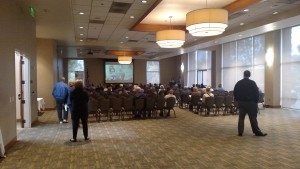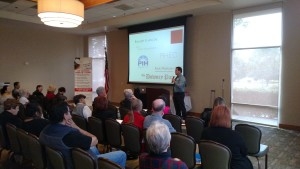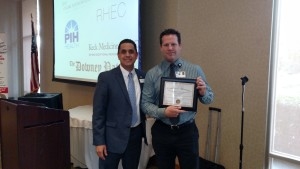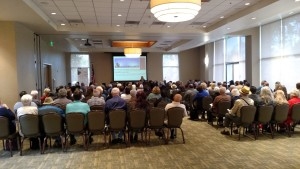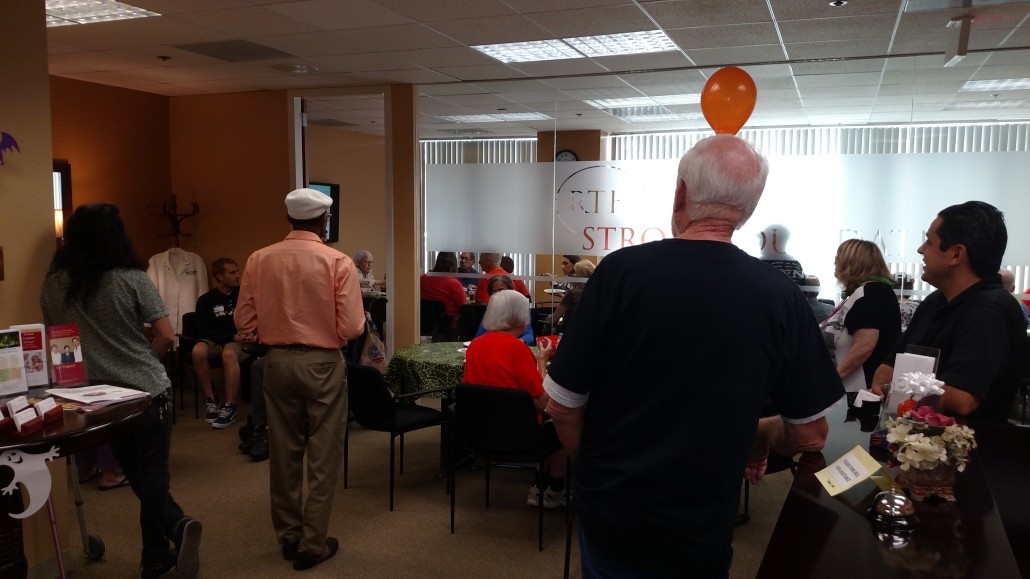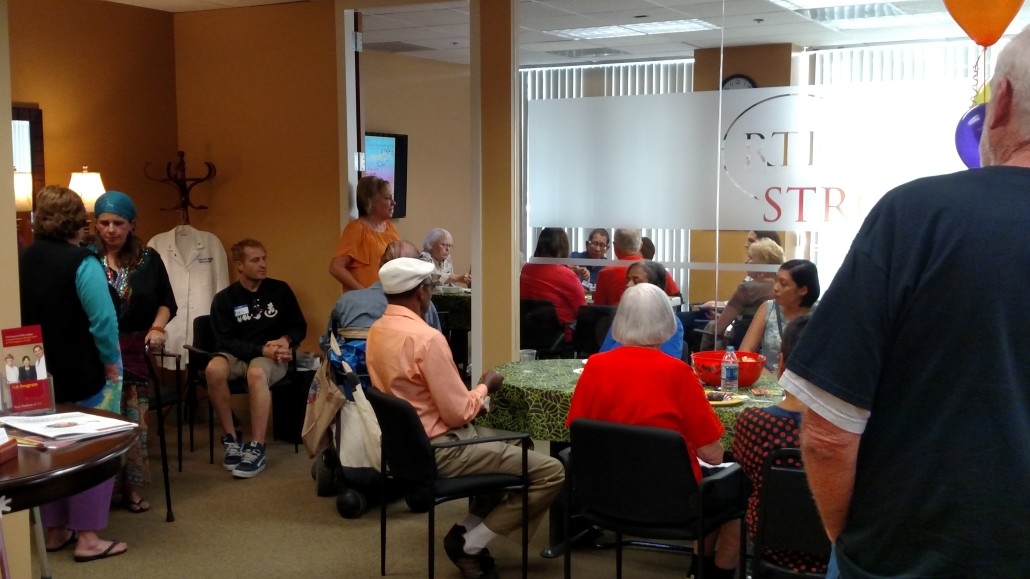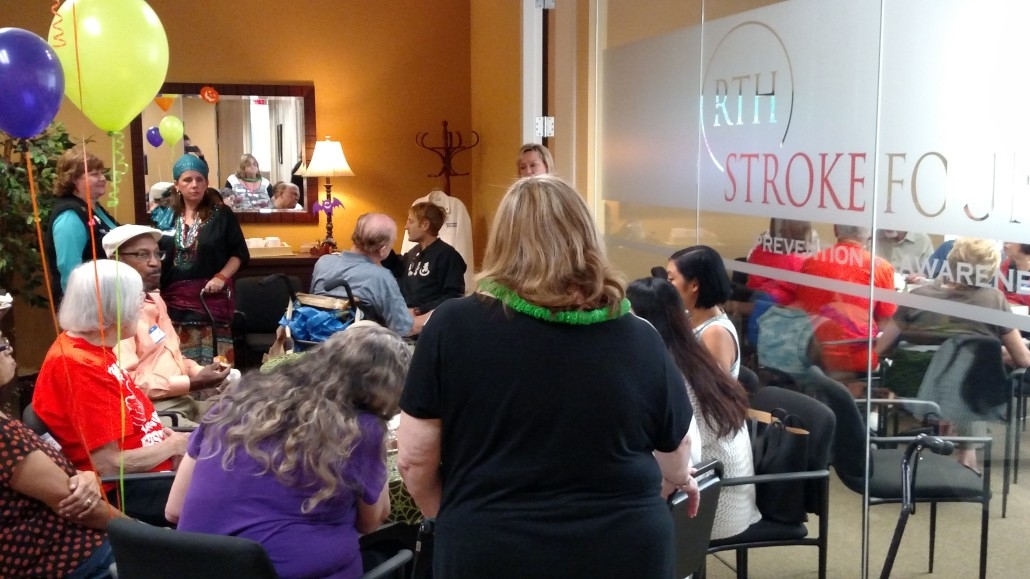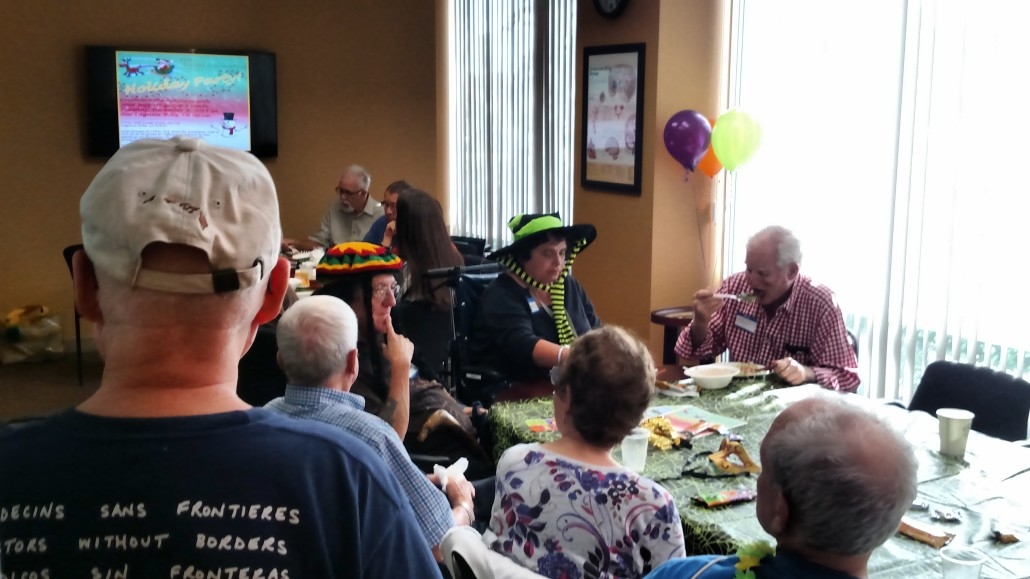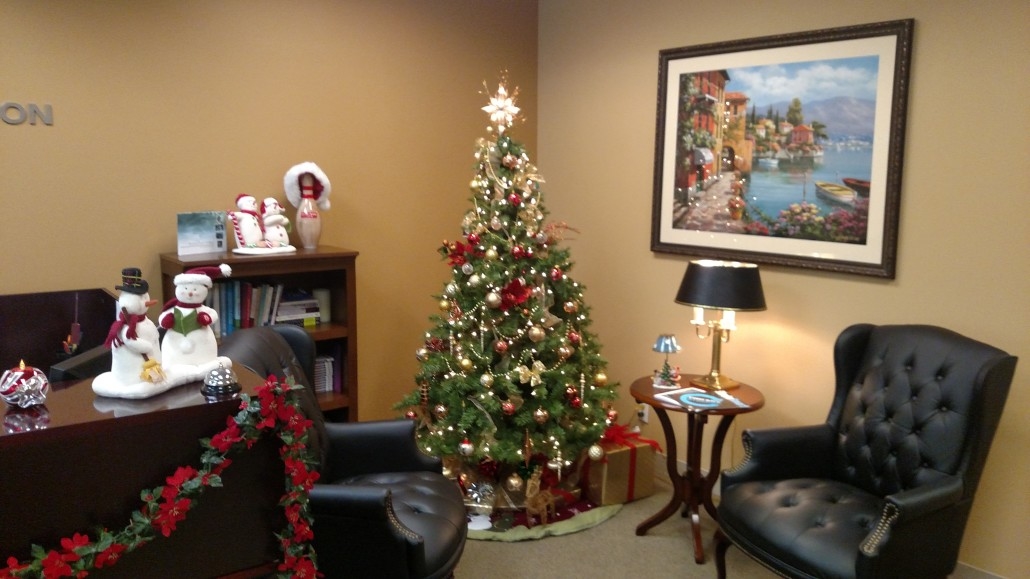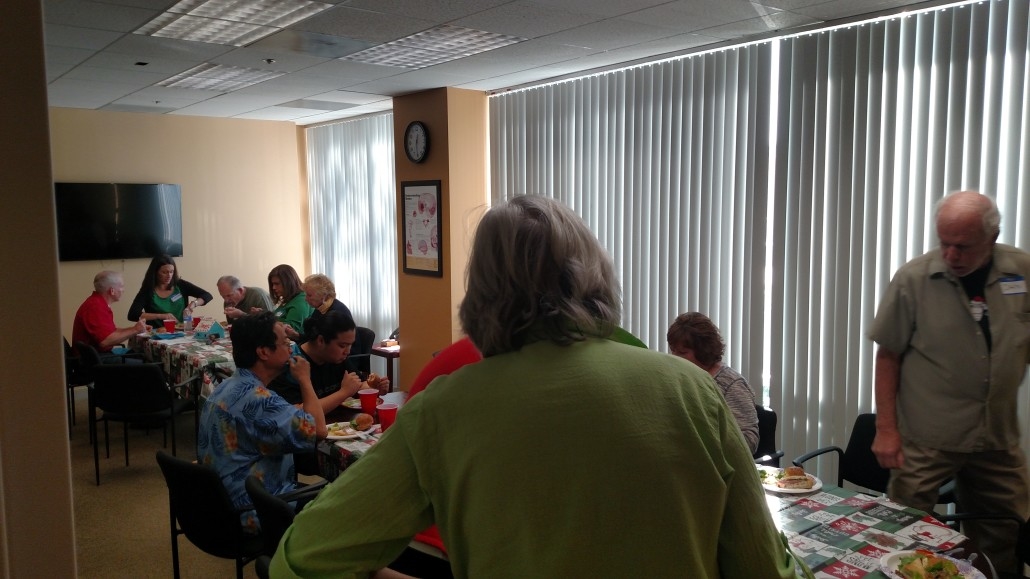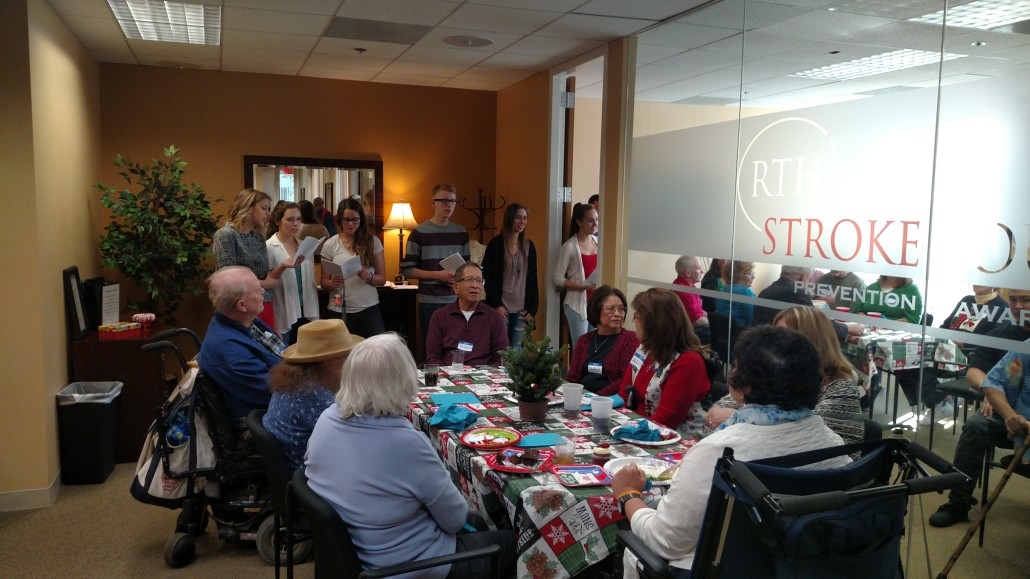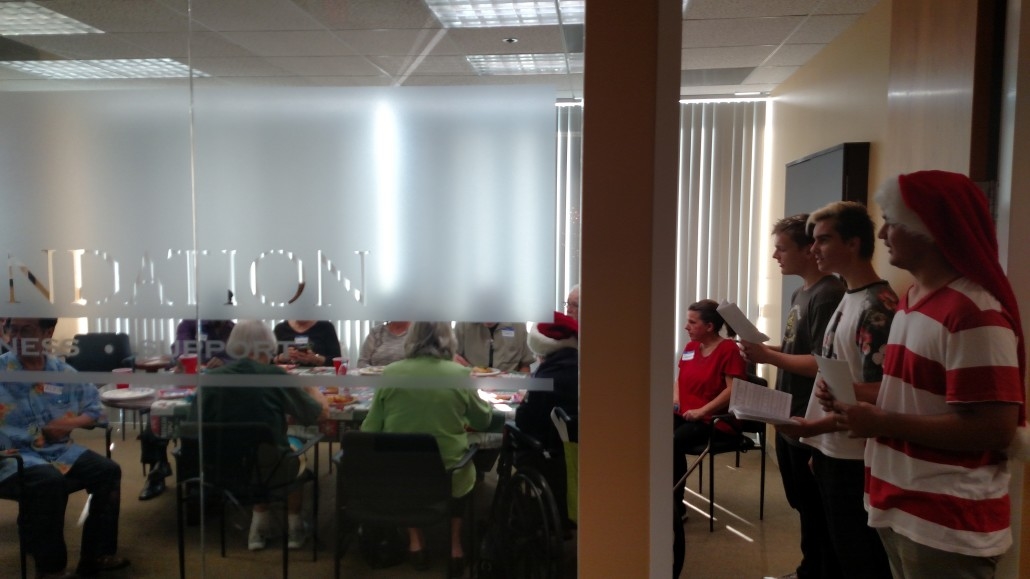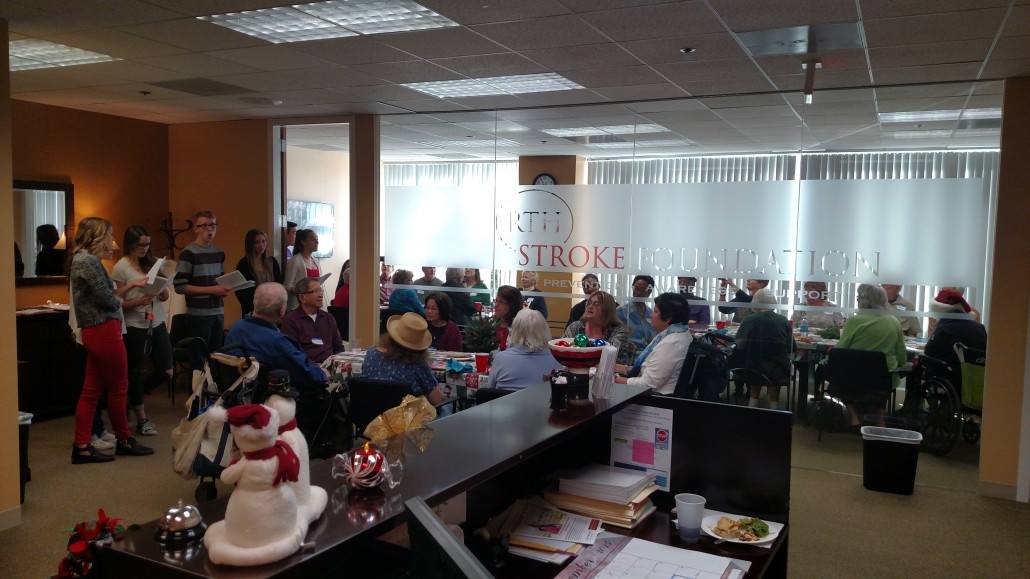See the article below for information on how to reduce the risk of Diabetes and Stroke by improving your diet. Article by Jamie Mok of the Long Beach Memorial Medical Center.
The Diabetes Prevention Program, a large study conducted by the National Institutes of Health, found that high-risk individuals who lost 5-10% of body weight with diet and exercise significantly reduced their chance of developing type 2 diabetes by 58%. If the word “diet” makes you want to throw in the towel, do not give up hope! The old-fashioned “diabetic diet” is far off from today’s nutrition recommendations. Diabetes experts recognize that nutrition for diabetes is not “one size fits all”. Successful meal plans should consider age, gender, height, weight, physical activity, medical history, medications, and personal goals. Low carb? Sugar-free? Gluten free? Wheat free? With over 100 million Americans trying to lose weight, this $80 million dollar industry keeps new fad diets trending. Subscribing to one “miracle diet” after another is unhealthy and can be harmful, especially to those with medical conditions like diabetes. So what should we be eating? A healthy diet for a diabetic is generally the same as someone who is not diabetic. The key to eating for better health is a matter of quality and quantity. It’s important to understand that not all nutrients are created equal. A healthy meal plan is a balance of high quality carbs, proteins and fats. The majority of carbs we eat should be minimally processed. Whole grain breads, cereals, crackers and pasta; brown and wild rice, oat bran, beans, lentils, sweet potatoes, fresh fruits and vegetables are examples of high quality carbs rich in vitamins, minerals and soluble fiber, which slows the rise of blood sugars. On the contrary, low quality carbs, or refined sugars, are discouraged as they offer little nutritional value. Foods like white breads, cereals, crackers, pasta and rice; chips, cookies, cakes, candy, soda and juice hit the blood stream quicker causing blood sugars to rise more rapidly. Pairing high quality carbs with high quality proteins and fats further slows the rise blood sugars as the body works on digesting and absorbing all three nutrients at once. Fish, skinless chicken and turkey, lean pork and beef, egg whites, nonfat milk, yogurt, and cheese; beans, lentils, peas, soybeans, tofu, tempeh, soybeans, nuts and seeds are delicious sources of high quality protein. In addition to blunting the rise of blood sugars, high quality fats, namely monounsaturated fats and omega 3 fatty acids, offer cardiovascular benefits including improve blood cholesterol levels, lower blood pressure, reduce blood clots and decrease inflammation. Therefore consuming more high quality fats reduces risk for type 2 diabetes, heart disease and stroke. Olive oil, canola oil, avocado, peanuts, pecans, almonds, Brazil nuts, and all-natural nut butters are good sources of monounsaturated fats. Omega 3 fatty acids are found in wild-caught coldwater fish like salmon, herring trout, tuna, mackerel, sardines, anchovies, ground flaxseed, flaxseed oil, chia seeds, walnuts, walnut oil and canola oil. We can see that the “super-sized” shift in our eating patterns correlate to the rise in obesity and numerous related chronic diseases like type 2 diabetes. Portion control is equally as important as the quality of food we eat. As mentioned earlier, every body is different therefore the “right” meal plan varies between individuals. Advise a registered dietitian for nutritional guidance to customize a meal plan that’s right for you. To get started, visit the American Diabetes Association website (diabetes.org) and Joslin Diabetes Center (joslin.org) for diabetes and nutrition resources.
~Jamie Mok, MS, RDN Clinical Dietitian II, Long Beach Memorial Medical Center
